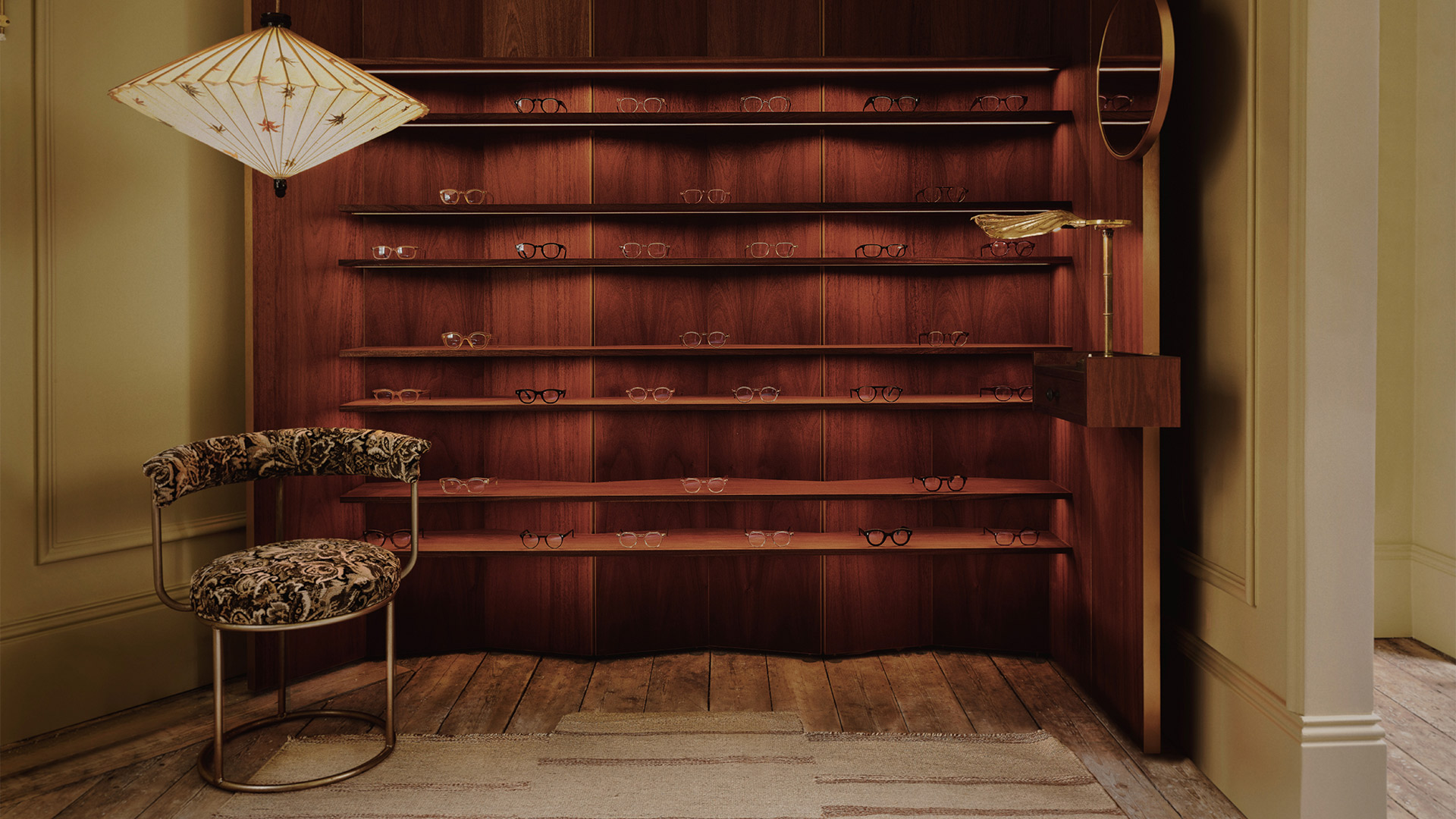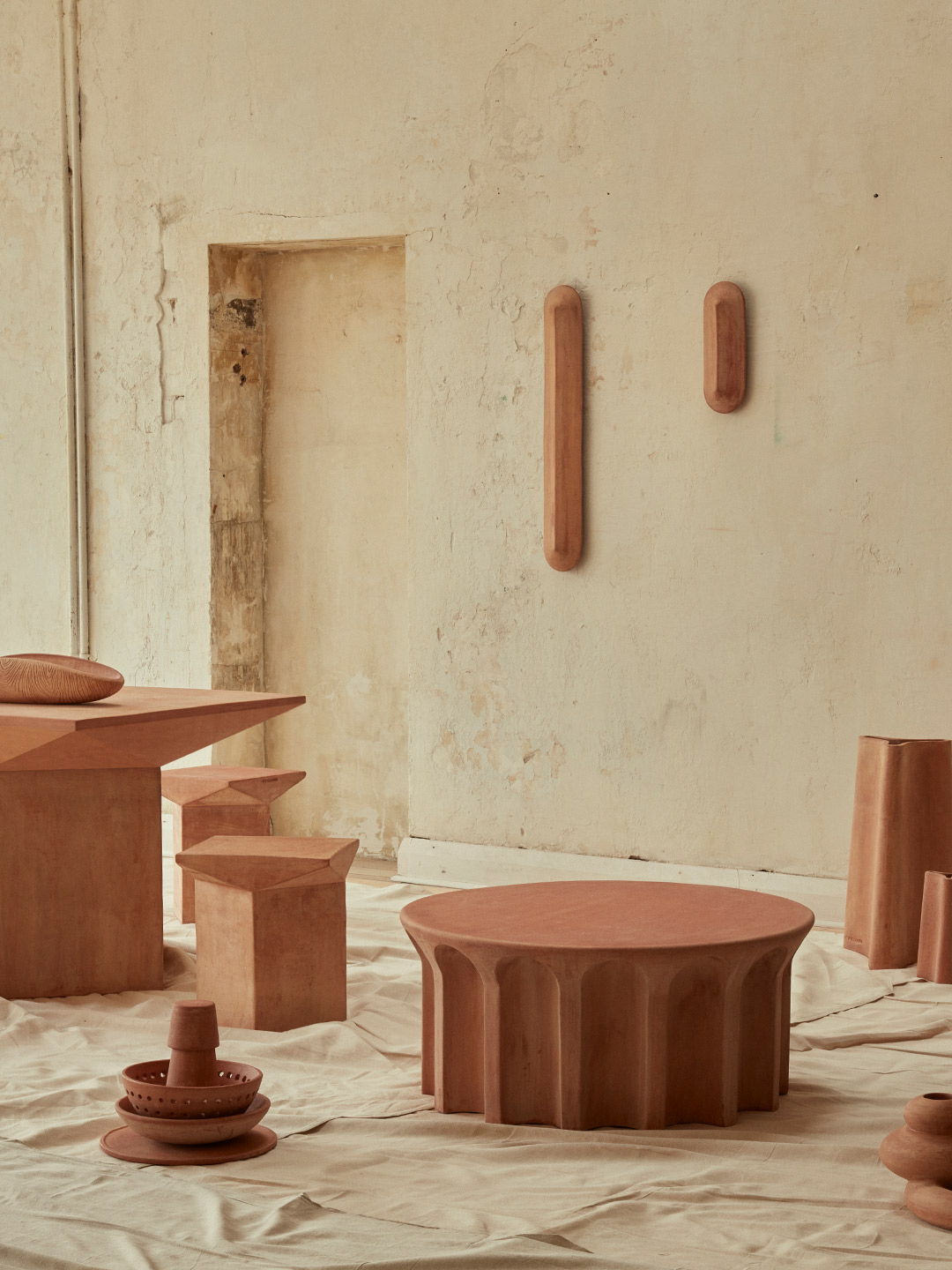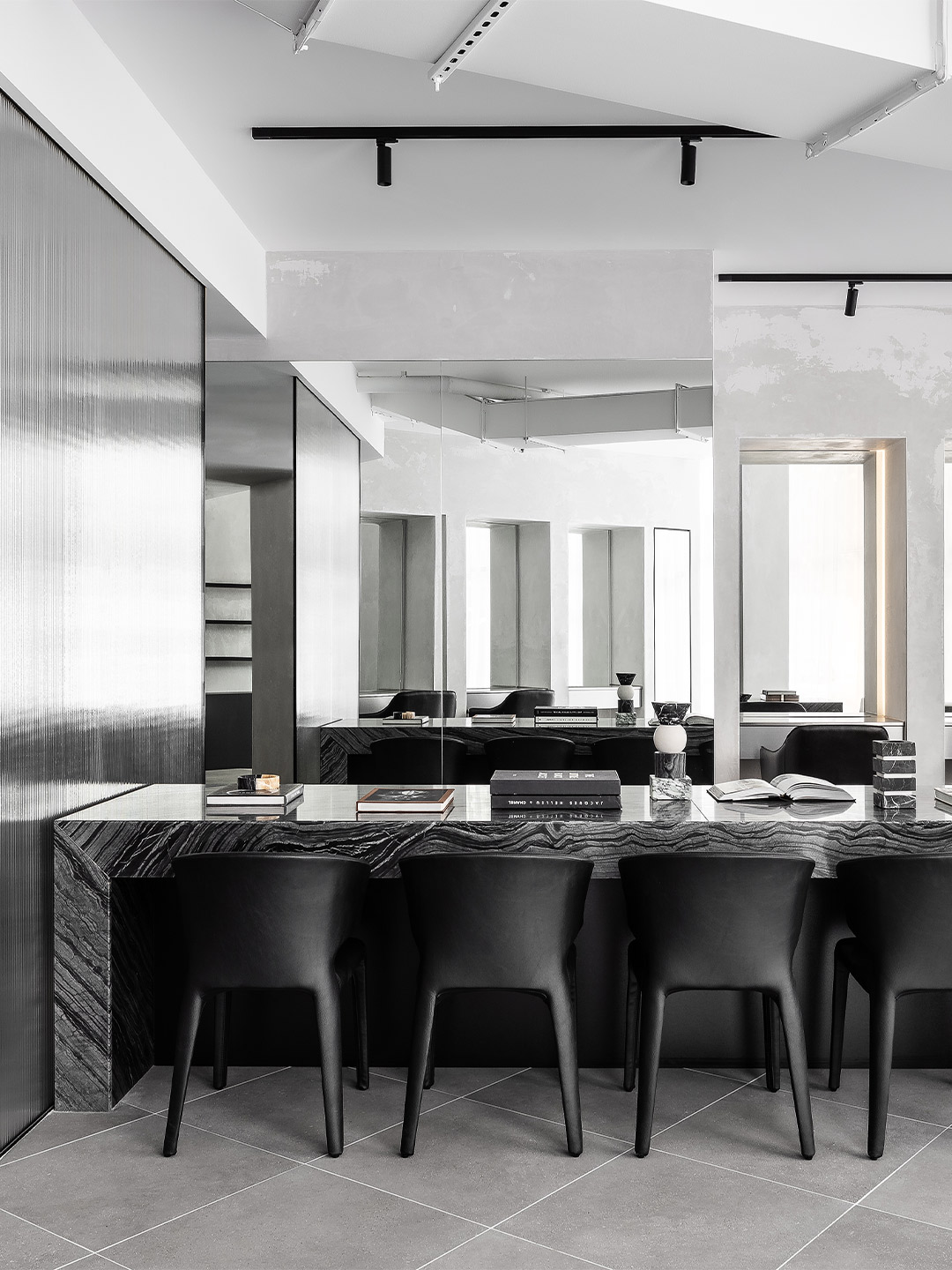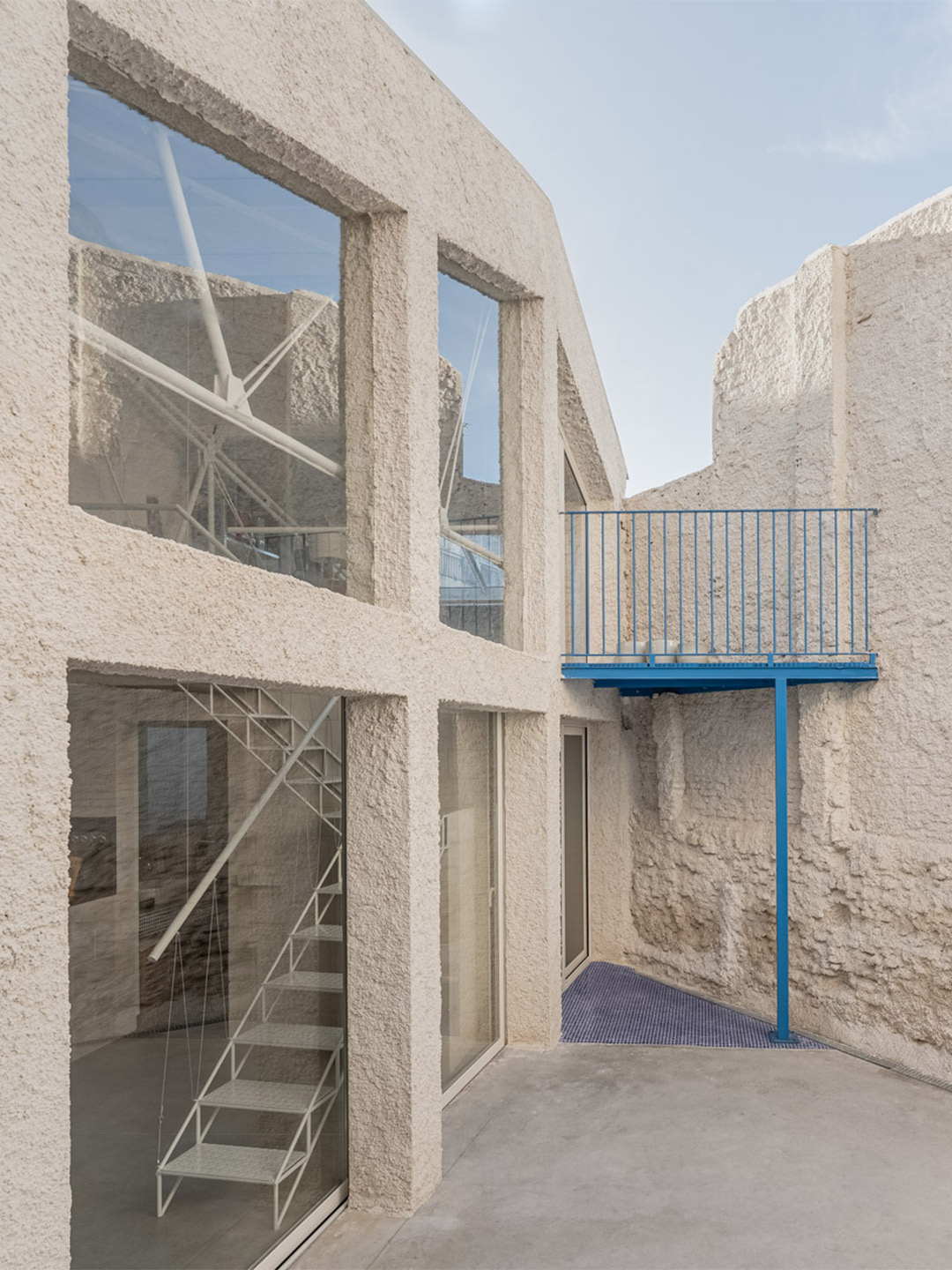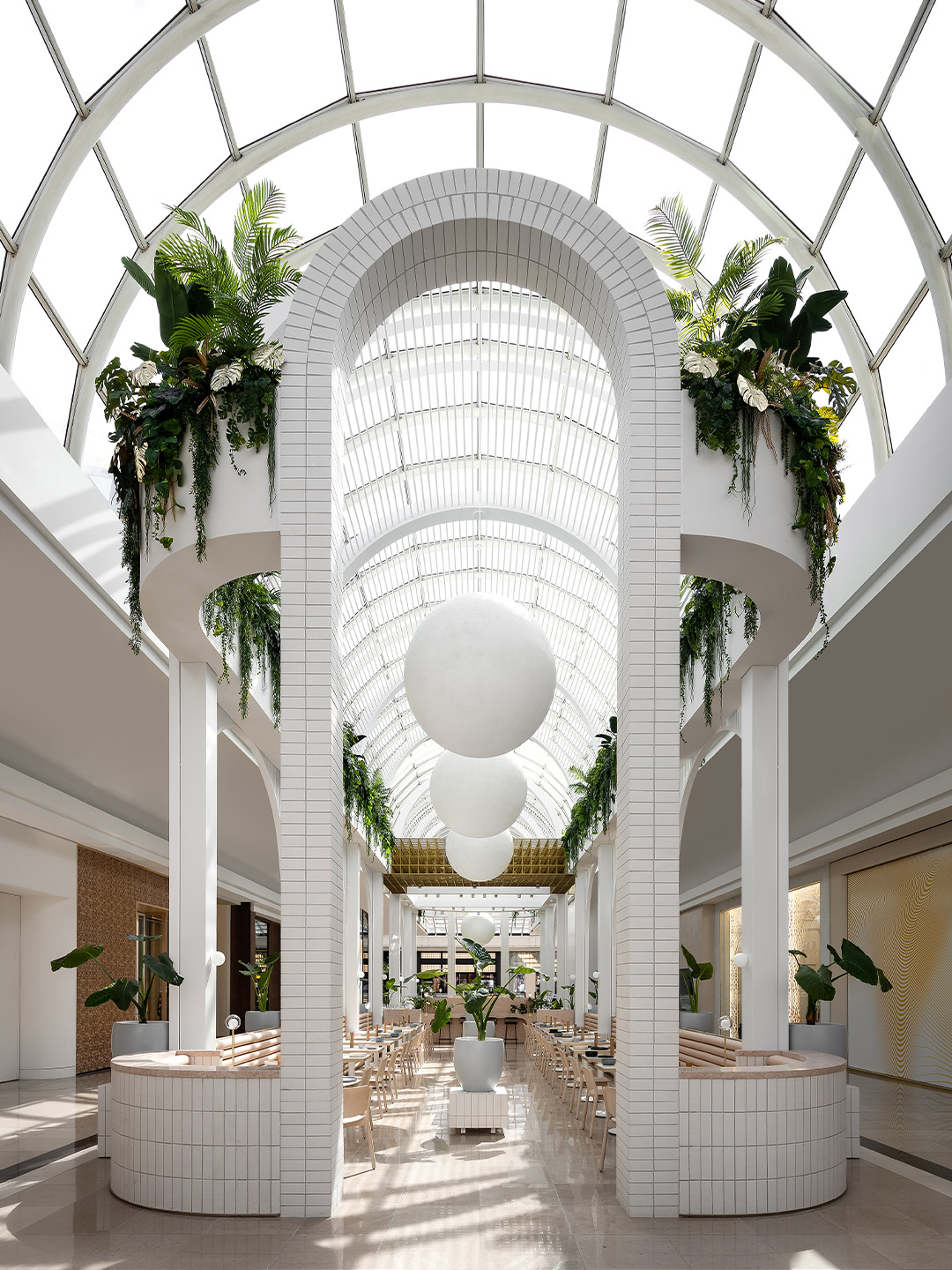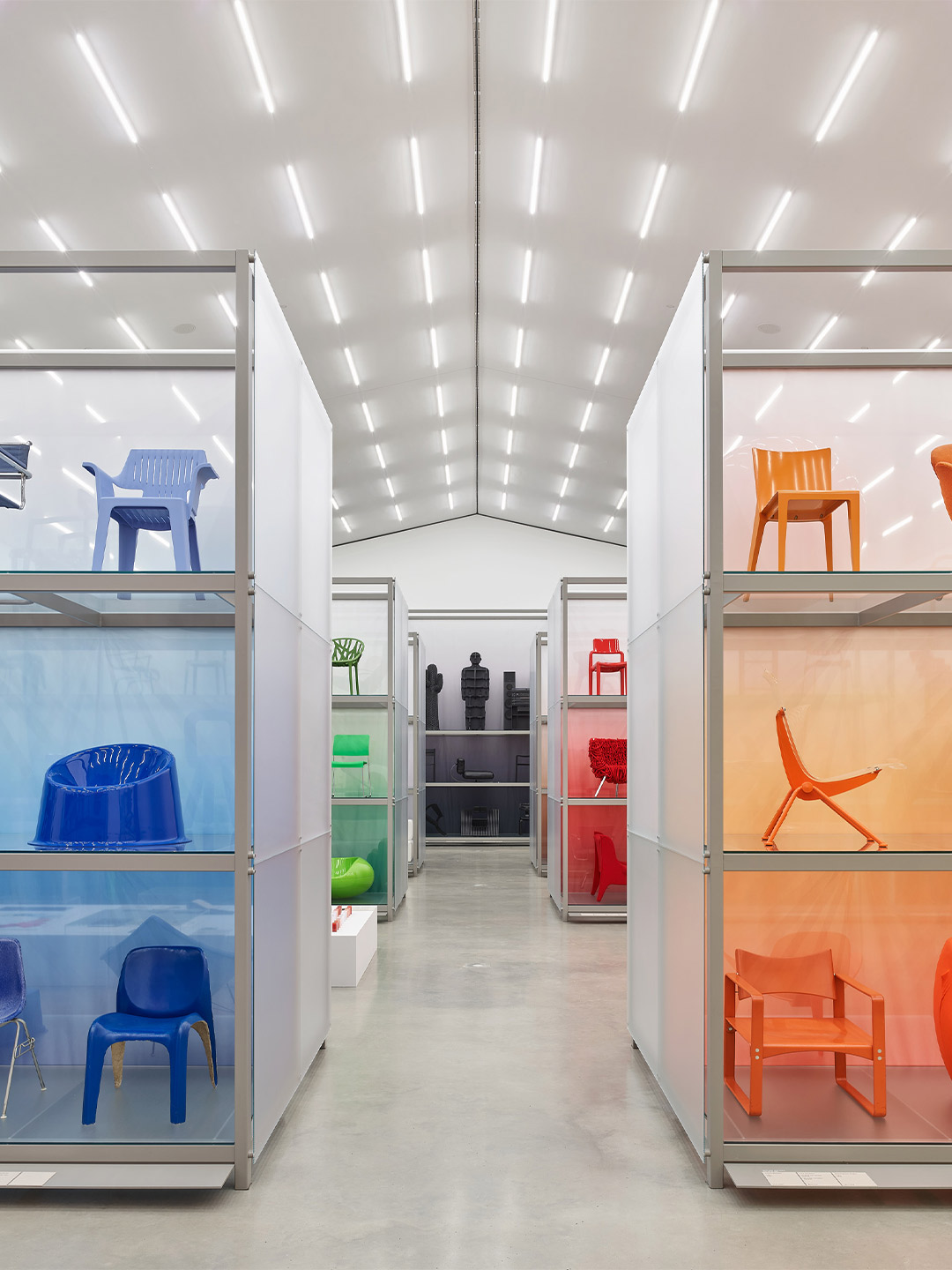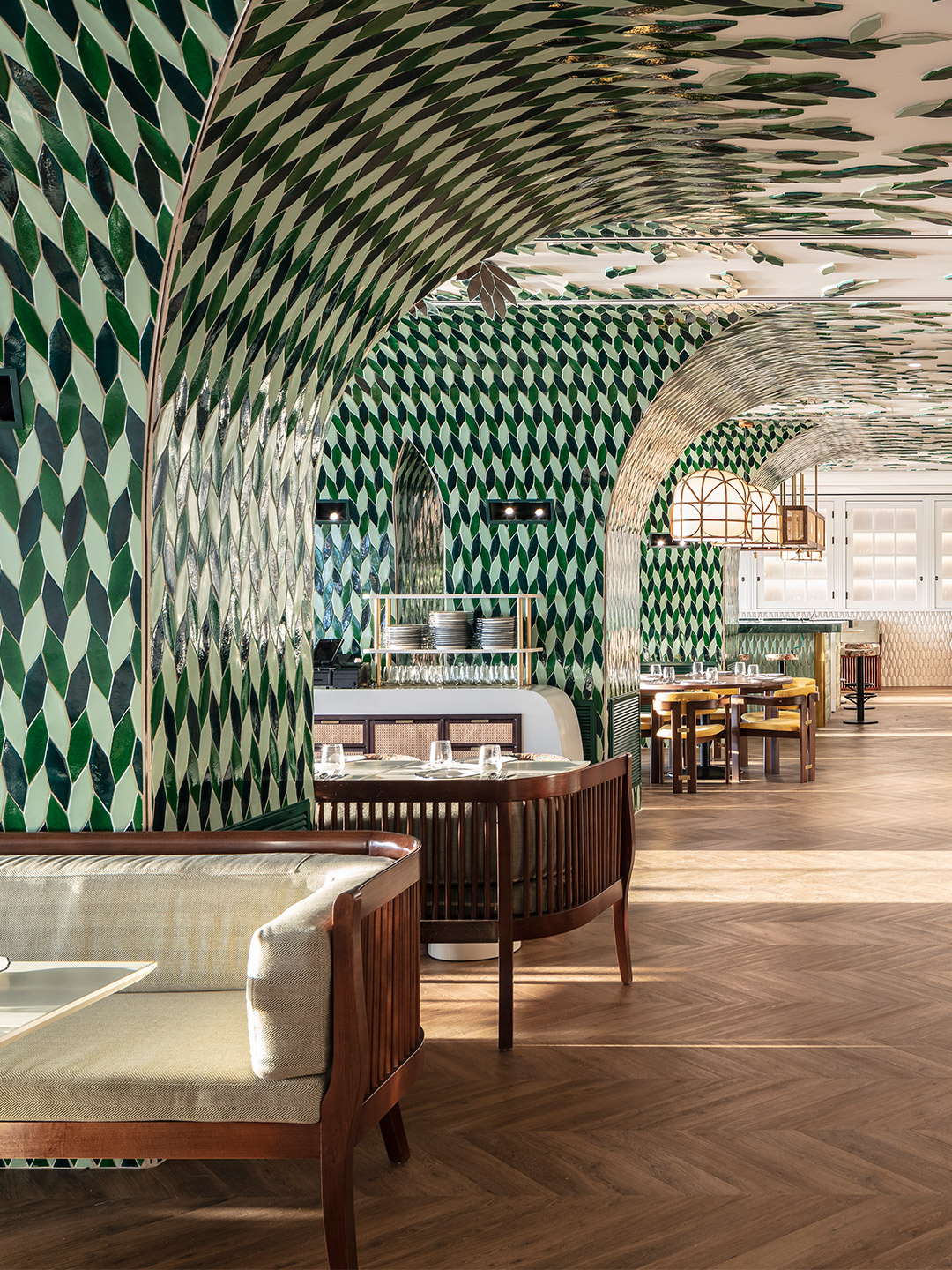After many years of thoughtless renovations left a terrace house in London begging for restoration, its saviour came by way of Alexy Kos and Che Huang of Child Studio. The local designers were called upon to rejuvenate parts of the 19th-century home, balancing its traditional Georgian architecture with modernist design features in a transformation process that would see it become the freshest address in the portfolio of British eyewear maker Cubitts.
The recently completed store occupies the ground floor and the basement level of the terraced building in the swish Belgravia neighbourhood of West London. This part of the city was developed in the 1830s by architect and builder Thomas Cubitt, whose legacy inspired the Cubitts eyewear name. Child Studio applied a subtle approach to the fit-out of the store, celebrating in equal measure the architectural heritage of the building and the neighbourhood more broadly.
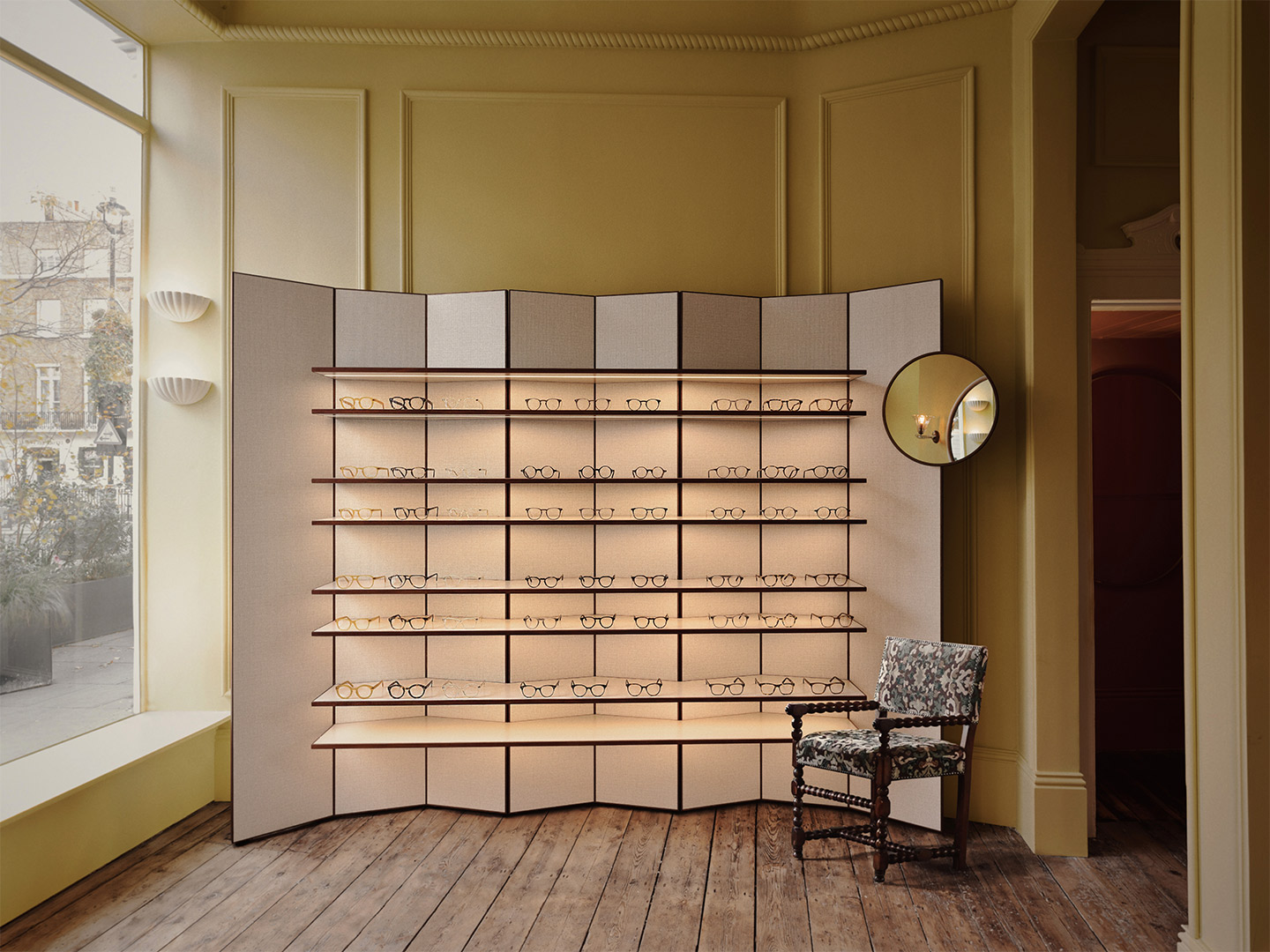
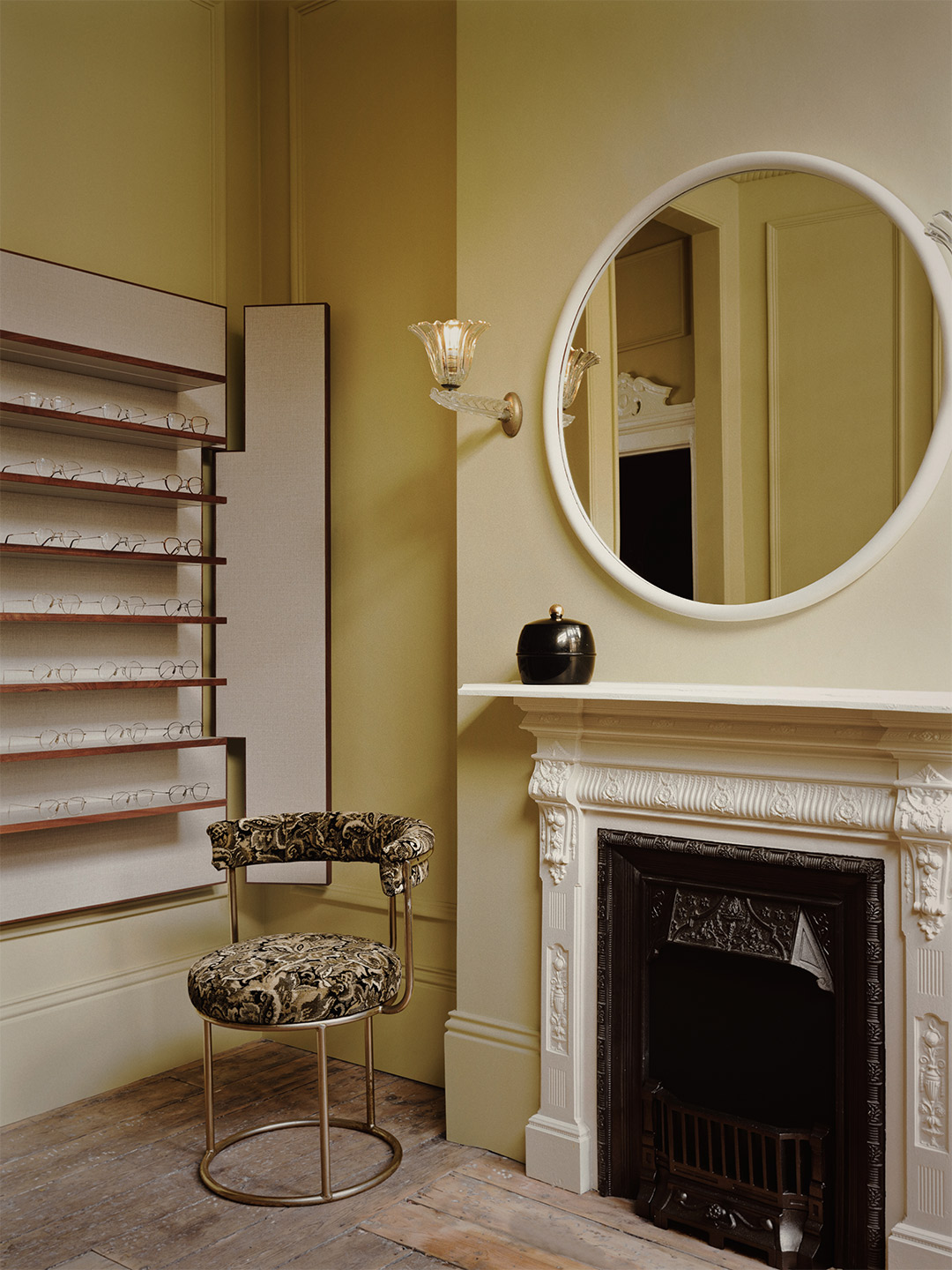
Cubitts eyewear store in Belgravia by Child Studio
Since most of the interior detailing of the site had been lost over the years, Alex and Che worked on restoring some of the original features. Walls were decorated in a dusty yellow tone characteristic of the period’s interiors. Refined and understated mouldings, architraves and cornices were reinstated. The doorways were enlarged to form dramatic 3-metre-tall openings. And the original wooden floorboards were uncovered and repaired. The designers also sourced an antique cast-iron fireplace, painting it in an ivory colour before installing it in the shop’s front room.
Another influence in the store’s design story was early 20th-century modernism. “It was important for us to build a layered narrative for this project and to connect the townhouse architecture with the modernist ethos of the [Cubitts] brand,” the designers say. “We imagined a contemporary interpretation of a classic drawing room – an elegant living room where guests may be welcomed and entertained. We were particularly inspired by the pioneering designer Eileen Gray, who lived in this part of London in the early years of her career in the 1900s. Many bespoke pieces within the space pay homage to her work.”
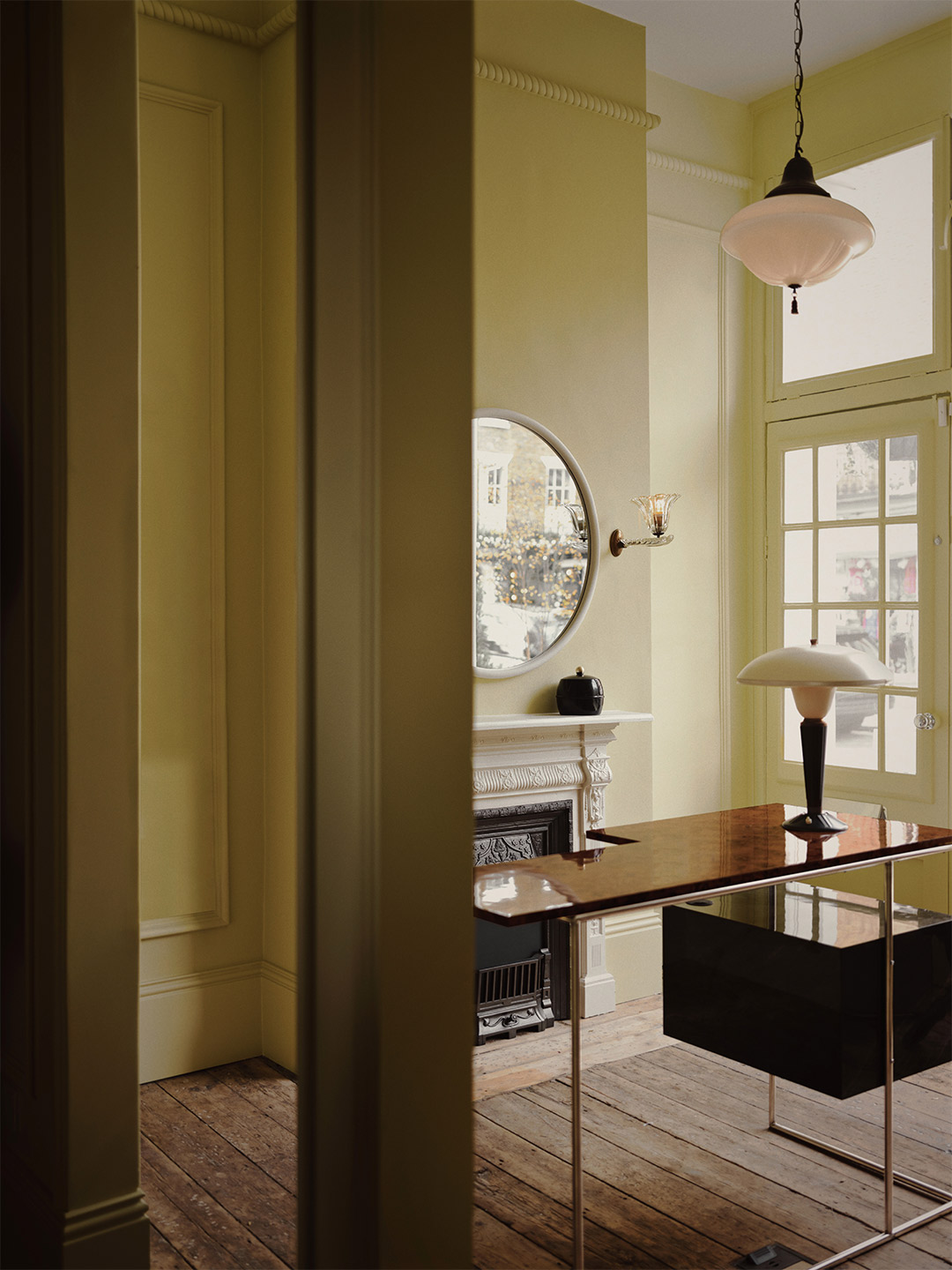
To showcase the Cubitts range of eyewear, Child Studio developed a series of bespoke display shelving units that are designed to look like freestanding room dividers – another nod to 19th-century interiors. Their undulating shapes in the front room are lined in textured wallpaper with a linen pattern, while the displays in the back room were crafted in mahogany wood with brass detailing. The central space is occupied by a bespoke sculptural table with a tubular steel base, burl-wood patterned top and a black gloss lacquered storage unit.
While the specs are the main hero of the space, the designers embellished the store with a selection of vintage light fixtures, including the ‘Jumo’ table lamp designed by Eileen Gray, hand-blown Murano wall lights, cast plaster seashell sconces and the ‘Leaf’ brass desk lamp by Tommaso Barbi. The result is a place where history meets quiet glamour. “We aimed to create an intimate and domestic atmosphere using a curated mix of bespoke and antique design pieces,” the designers conclude.
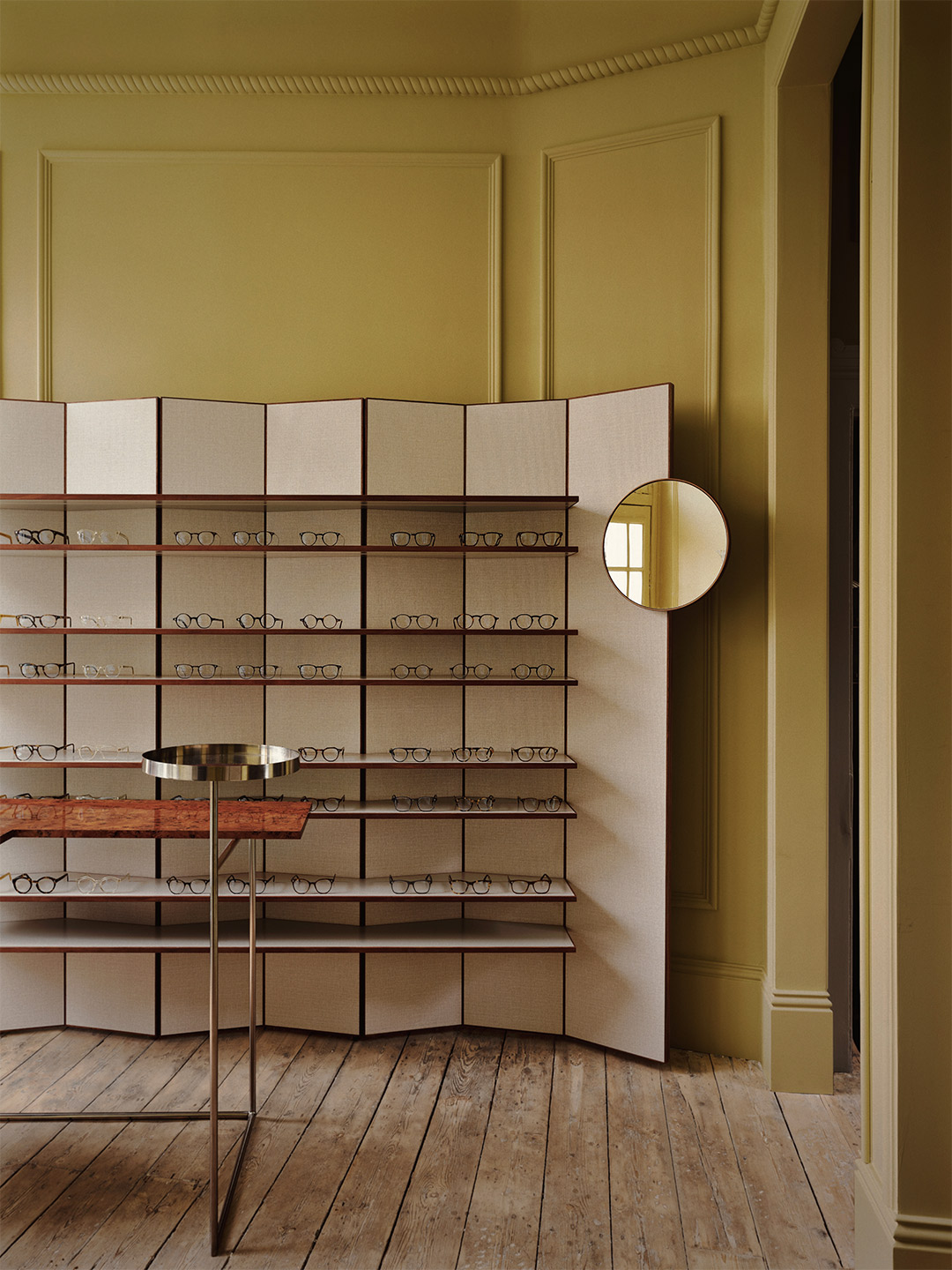
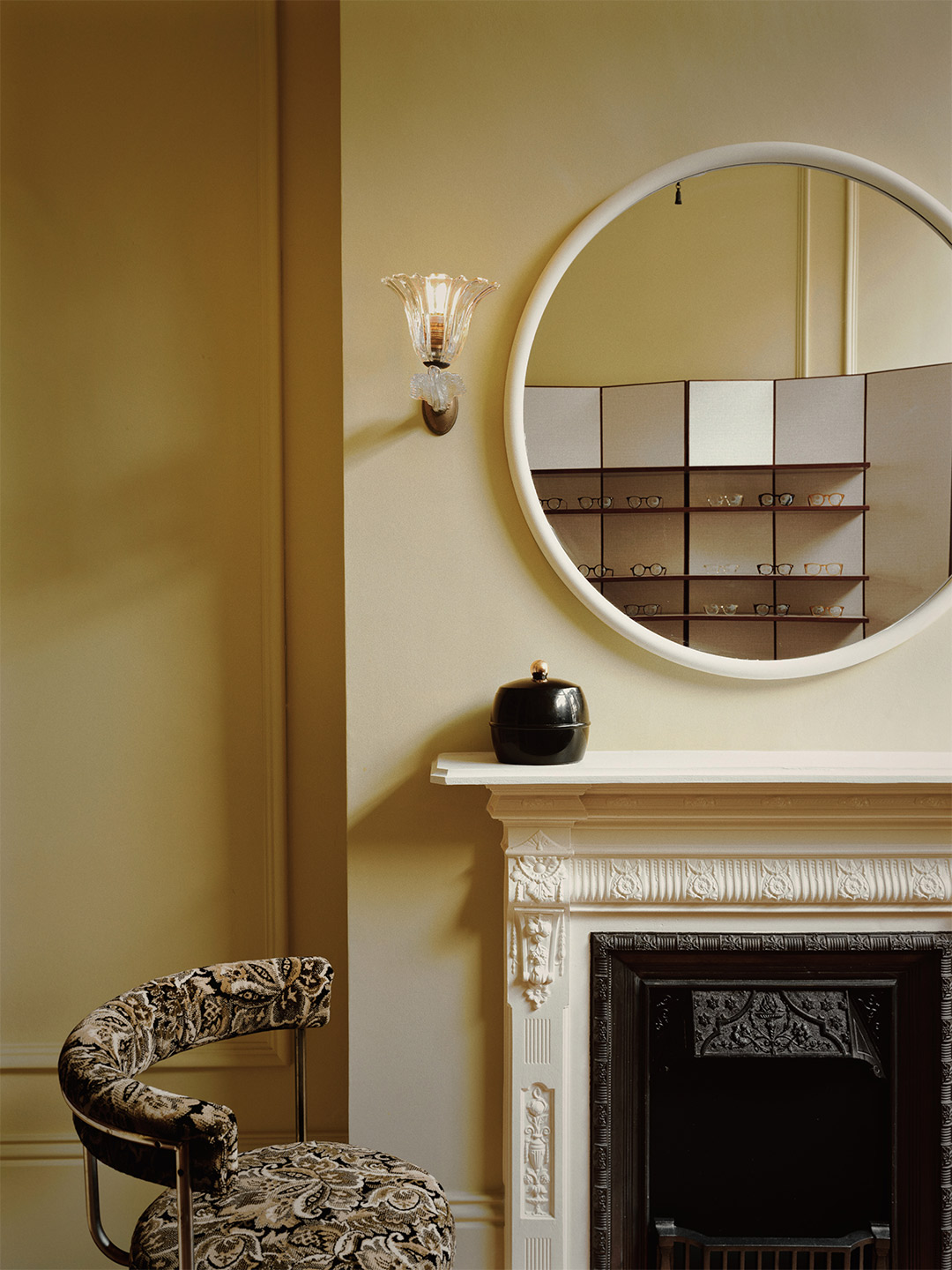

We imagined a contemporary interpretation of a classic drawing room – an elegant living room where guests may be welcomed and entertained.
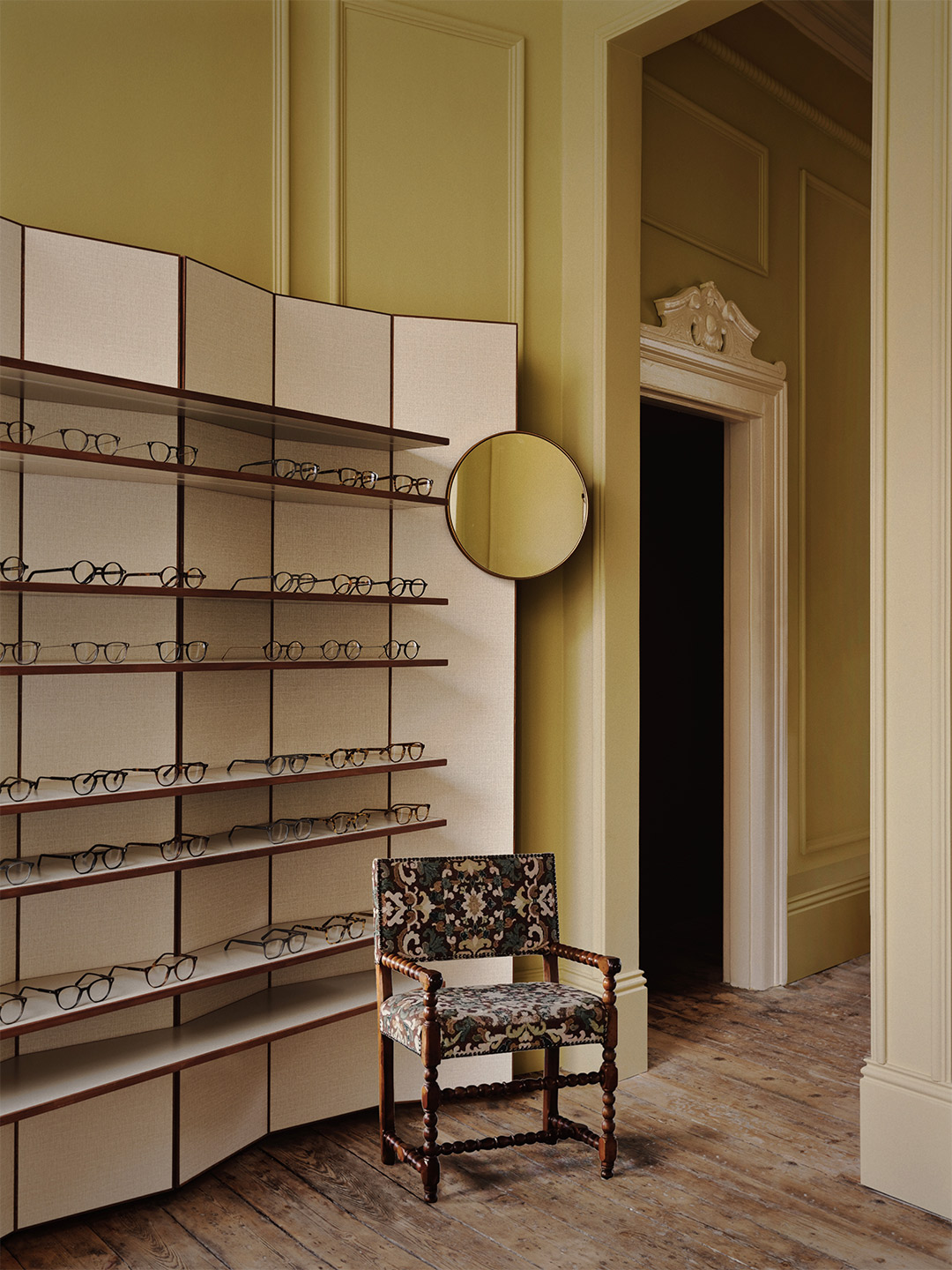
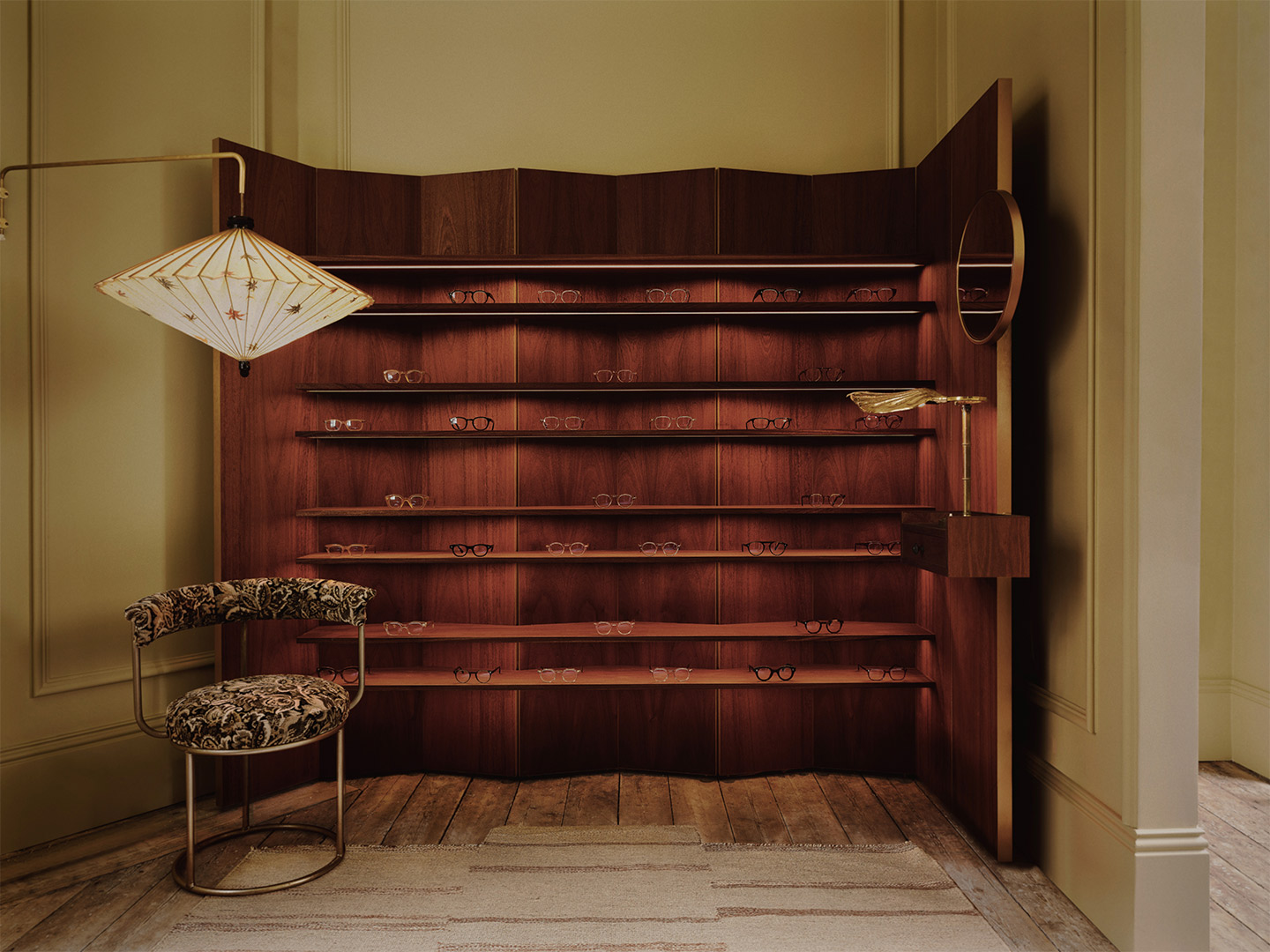
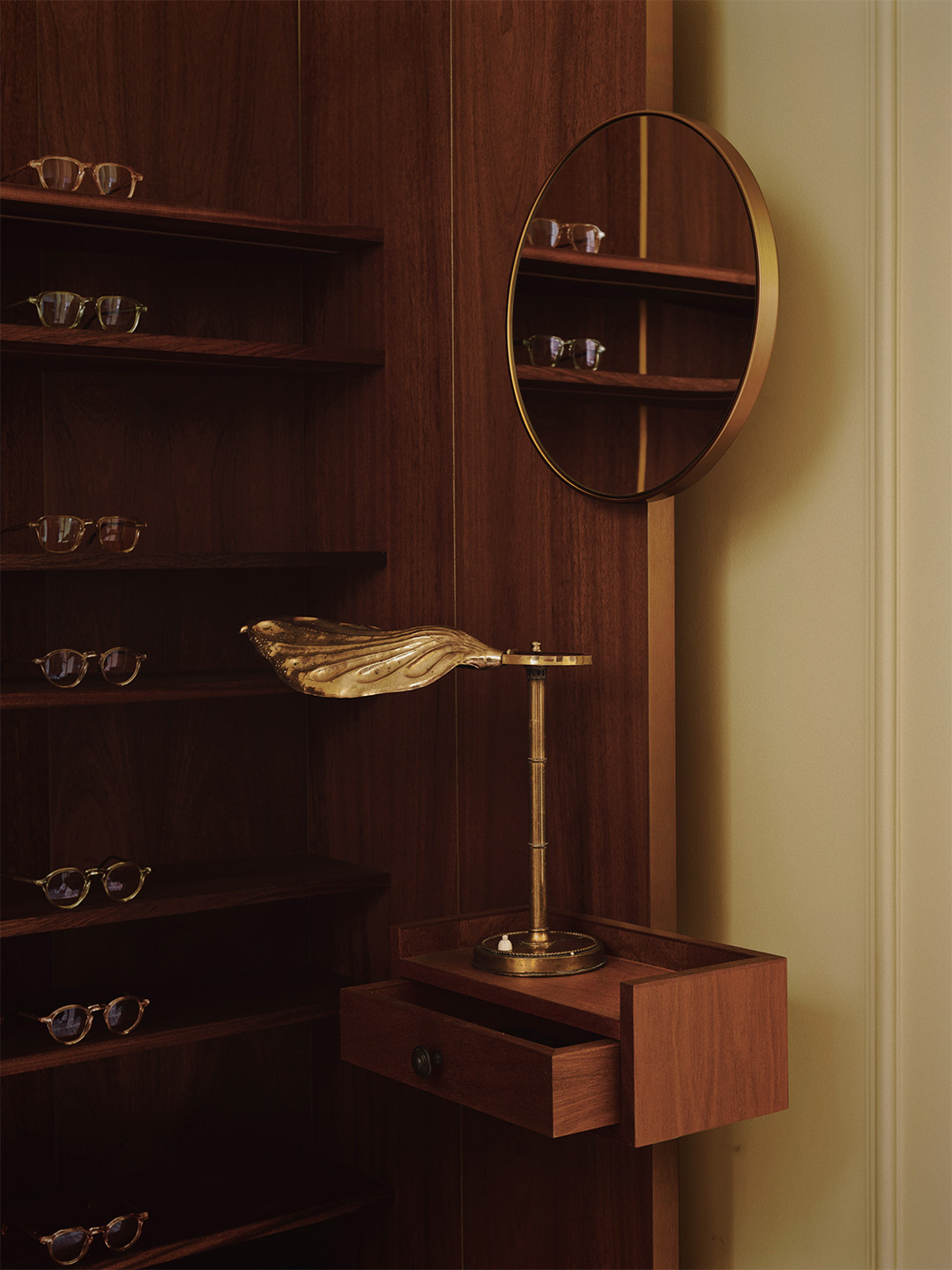
Love the Cubitts Belgravia store in West London by Child Studio? Catch up on more architecture and design and retail design, plus subscribe to receive the Daily Architecture News e-letter direct to your inbox.
